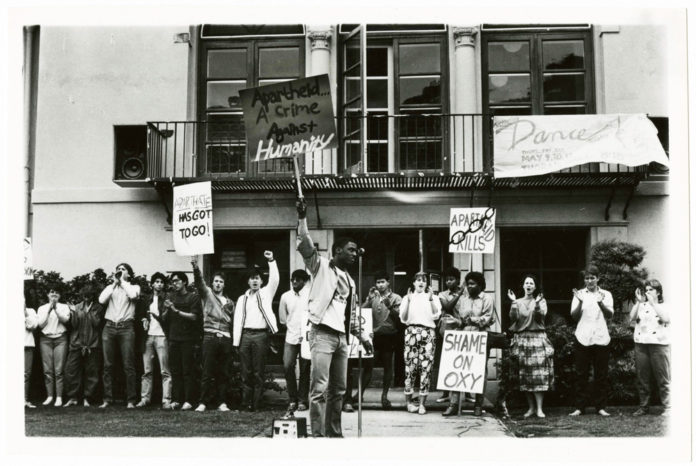
Since Occidental’s founding in 1887, students have raised attention to issues affecting the campus, the Los Angeles community and the world at large. Here are some examples of the ways Occidental students established a culture of activism throughout the years with protests, demonstrations and occupations.
1969: Anti-recruitment protests
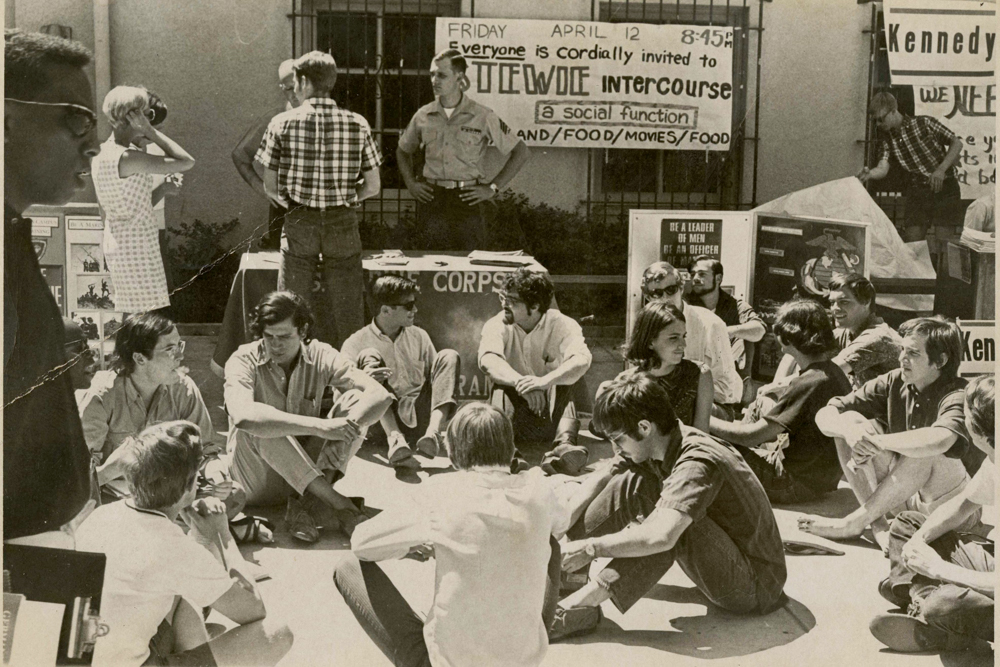
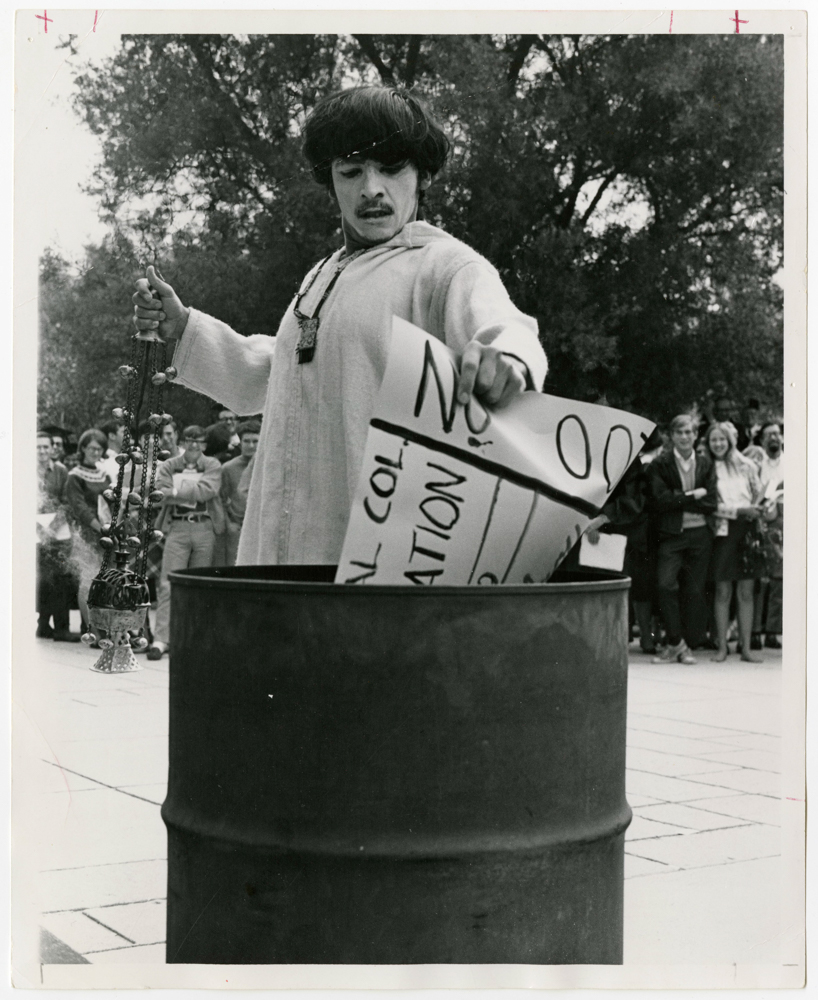

In the midst of the Vietnam War, Occidental students protested the presence of military recruitment officers on campus April 1969. Students staged a peaceful sit-in on the side of the Johnson Student Center (JSC). That same spring, a group of female students held signs saying “Open dorms now” in protest of mandatory curfews Occidental had at that time for female residence halls.
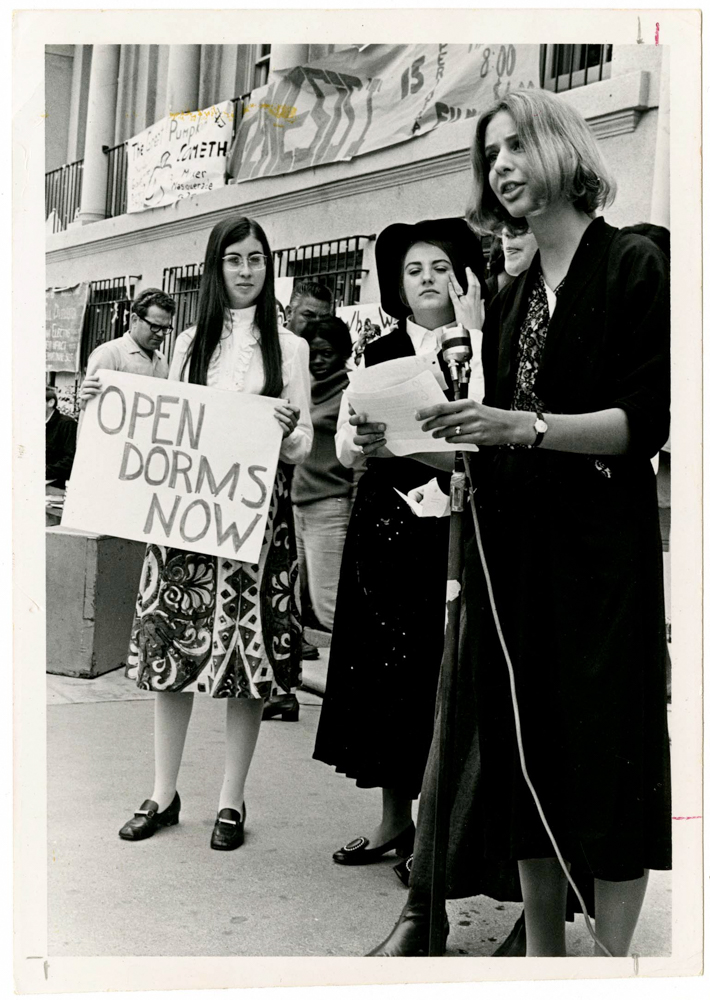
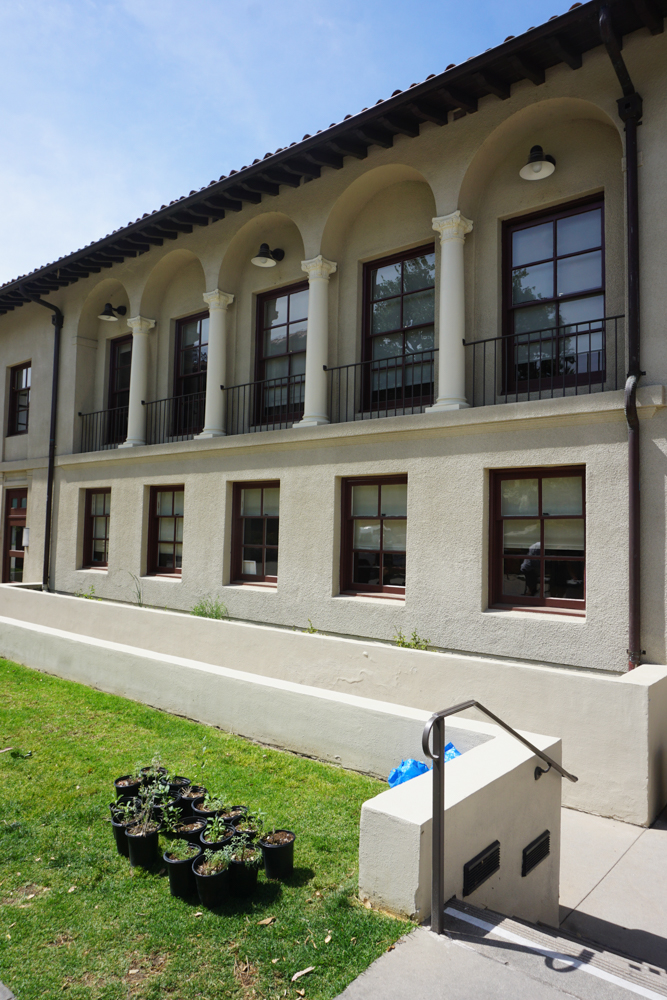
1986 Anti-apartheid demonstrations
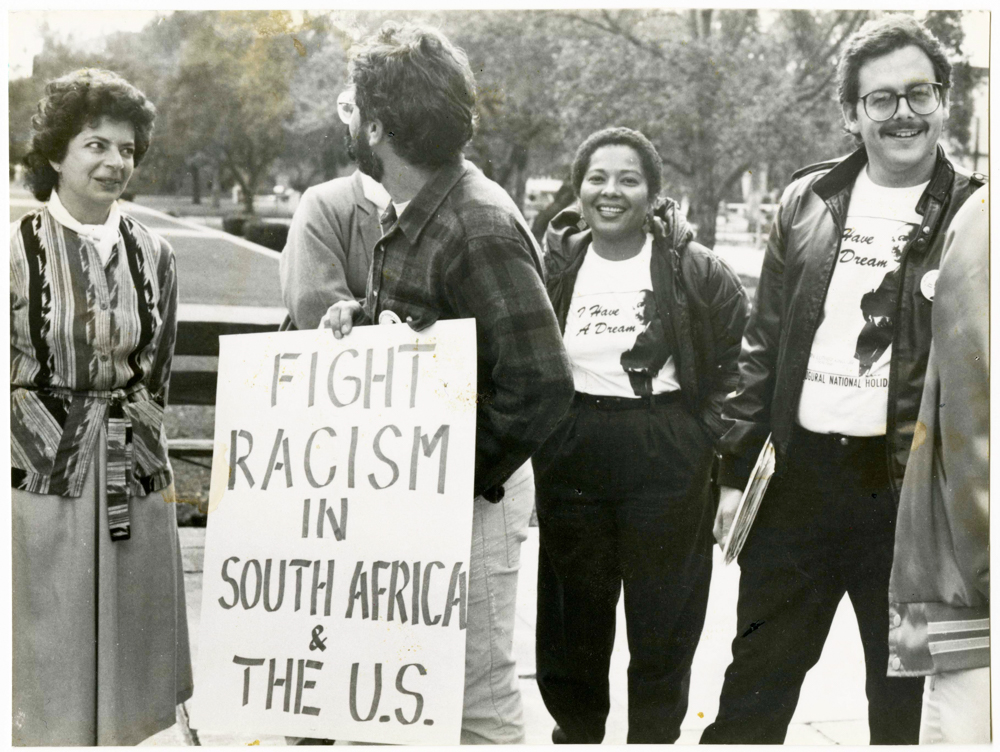
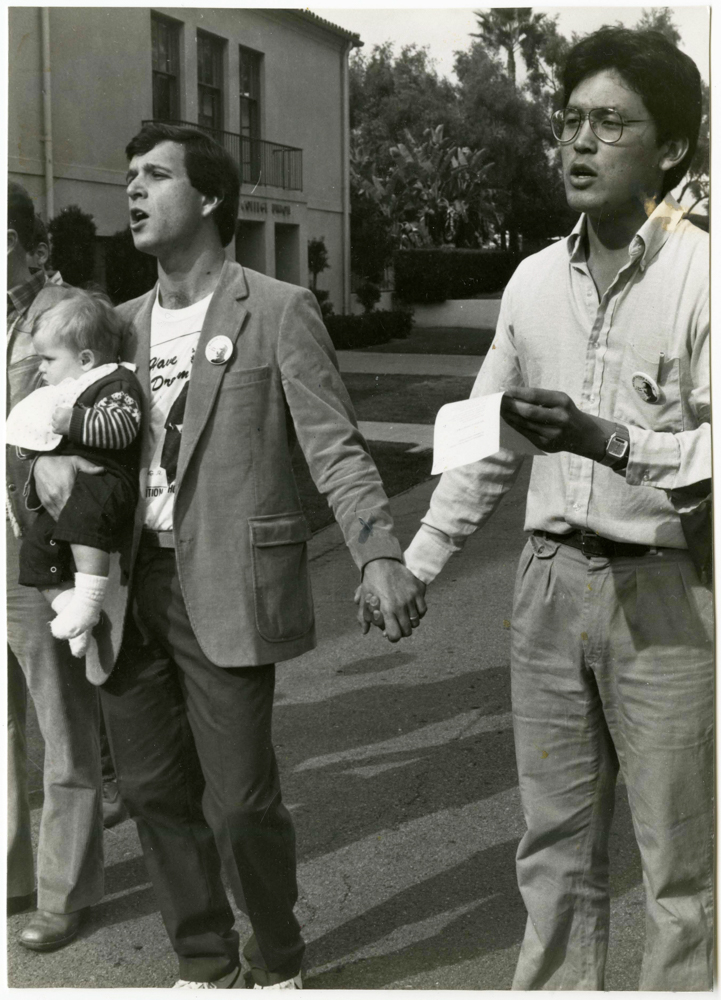
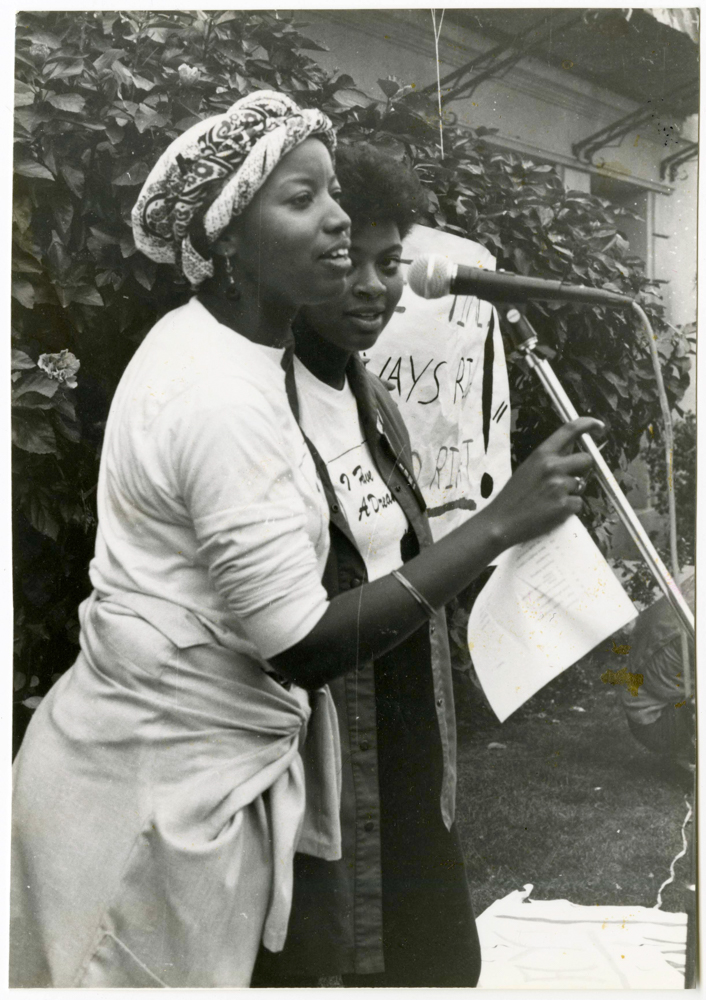
During the 1980s, there were growing calls to divest from South Africa for their continued use of apartheid against black South Africans. In 1986, scenes from across campus depict the extent of these demonstrations. From a makeshift shantytown to a rally in front of the JSC with signs reading “Shame on Oxy” and “Apartheid… a crime against humanity,” the fight against Occidental’s investments in the South African government united students against a common cause against global racism. Barack Obama got his start in politics during student-led calls to divest from South Africa, giving his first political speech on the steps of the Arthur G. Coons (AGC) Administrative Center as a sophomore Feb. 18, 1981.
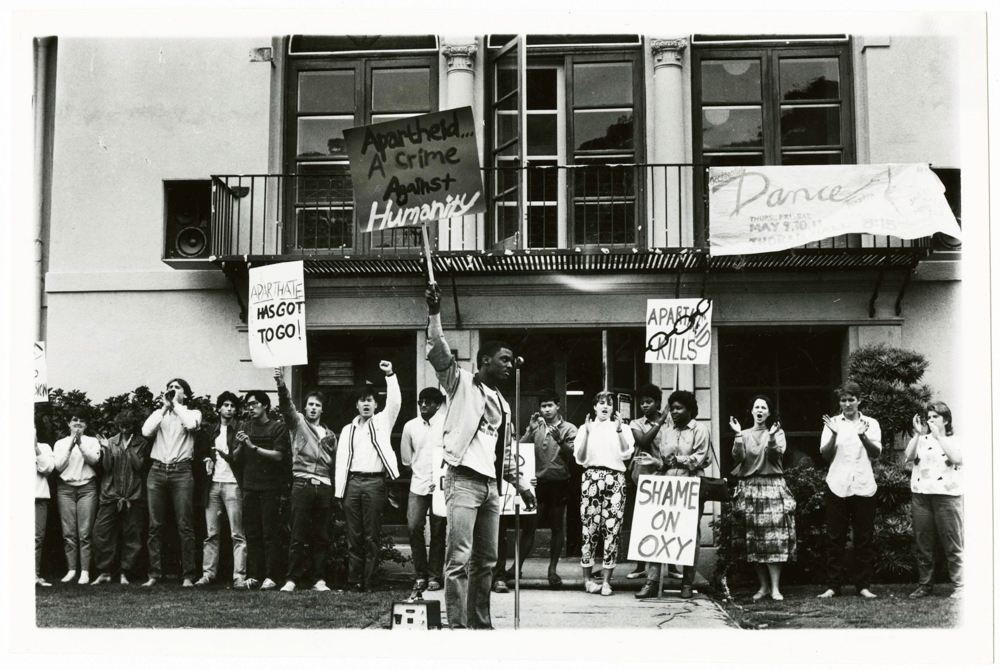
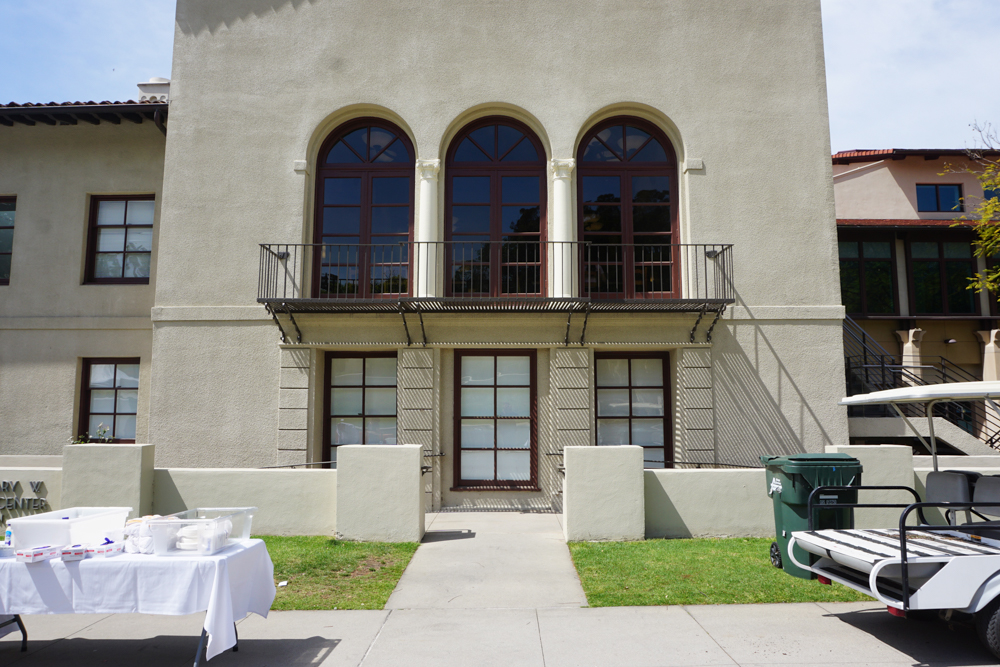

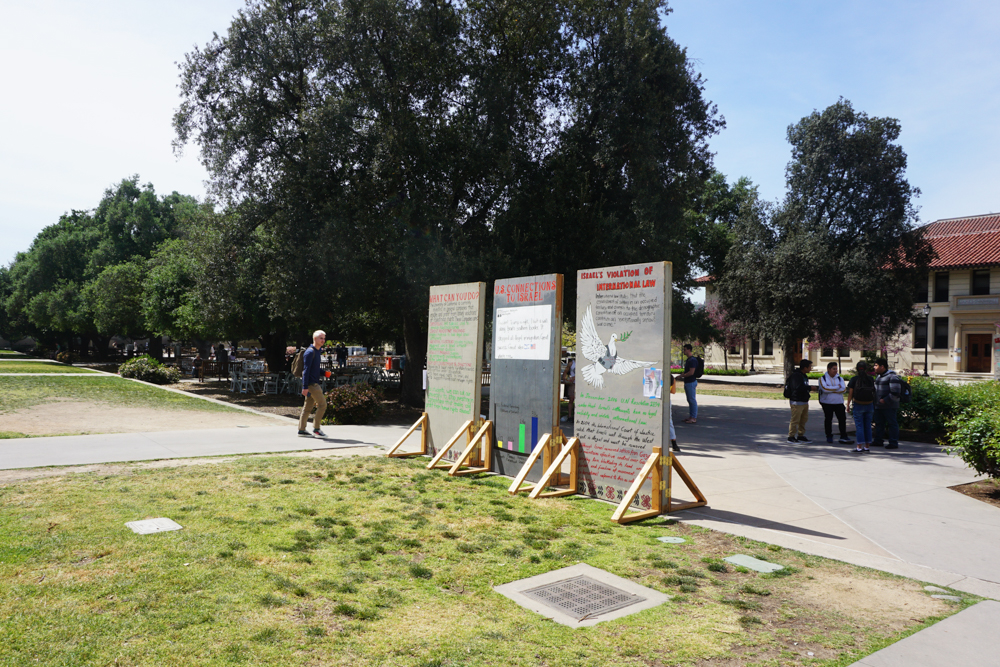
1996: Occupation
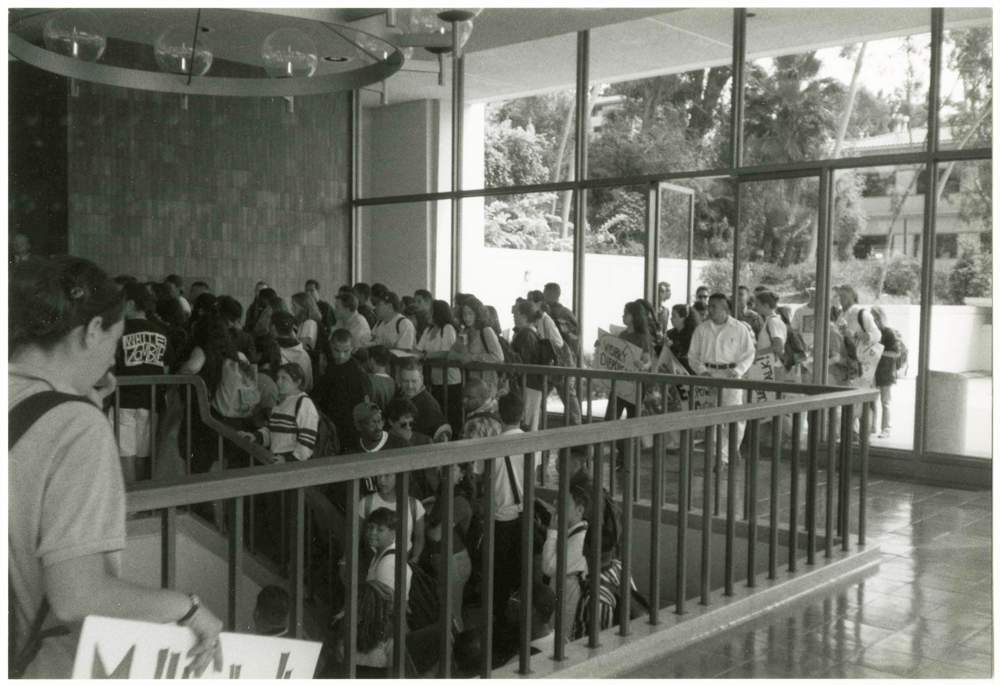
Student protests also took the form of occupations of buildings on campus. After California voters passed Proposition 209 during the 1996 general election, which prohibited public state universities from taking race into consideration during the admissions process, students occupied the AGC. Students stood at the bottom of the spiral staircase of the AGC giving speeches and interviews to local news outlets. In one photo, a student types on a laptop while another naps while sitting in solidarity with the protesters. Prop 209 faced opposition from pro-affirmative action groups, including the American Civil Liberties Union (ACLU) of Southern California, who claimed women and minority students would be overlooked in the admissions process.
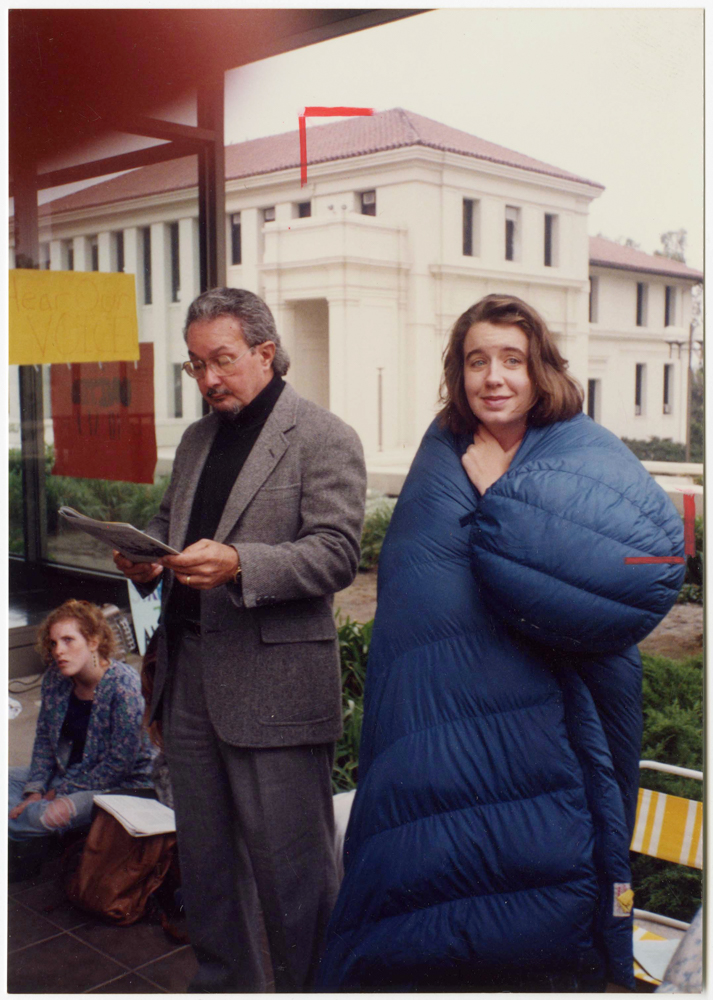
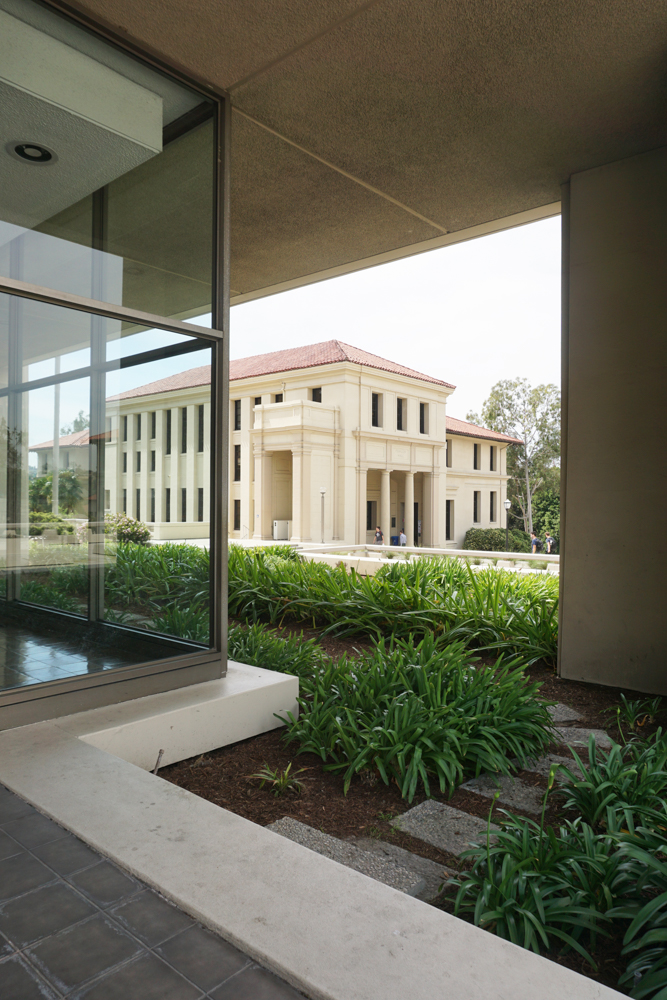
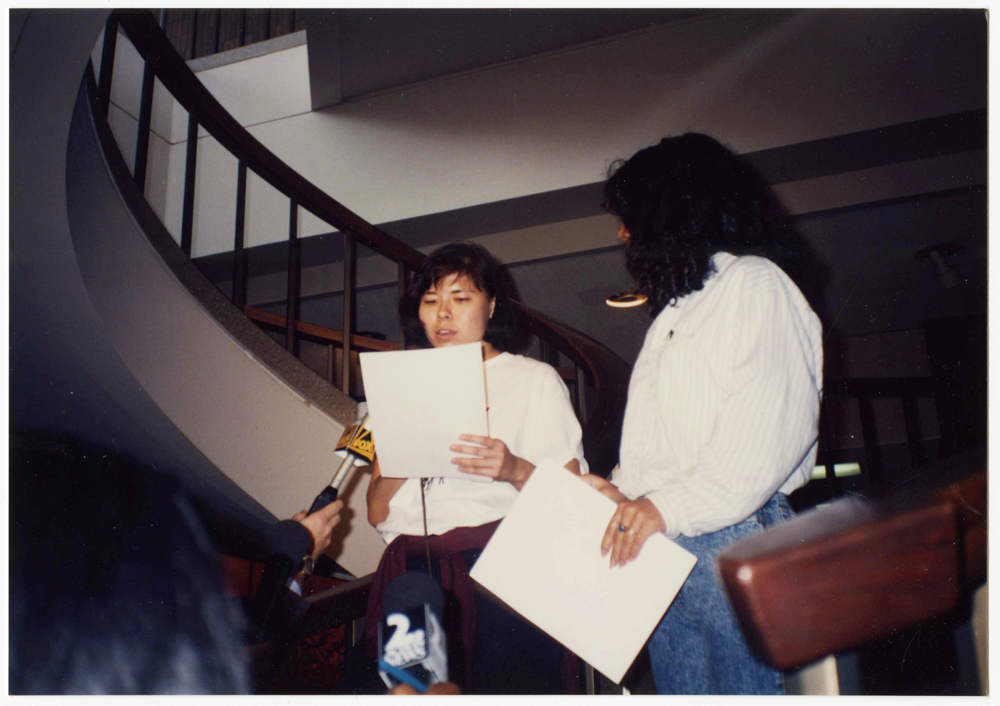

2015: Arthur G. Coons Occupation
The largest demonstration in recent memory occurred less than four years ago when students occupied the AGC protesting treatment of minority students on campus. Led by Oxy United for Black Liberation, hundreds of students occupied the AGC for five days from Nov. 16–20, 2015. The occupation attracted the attention of media outlets from the Los Angeles Times to Breitbart. A list of demands, including the creation of a black studies program, promotion of a chief diversity officer to the vice presidential level and the immediate removal of President Jonathan Veitch from office was presented to the administration by the students. In the years since, some of the demands have been met, including a 50 percent increase in the Chief Diversity Officer’s budget. While other demands, such as a fully-funded and staffed black studies department, have yet to be fully realized, the lasting impact on the college and its students can still be felt as the last class to witness the occupation nears graduation.
![]()



































